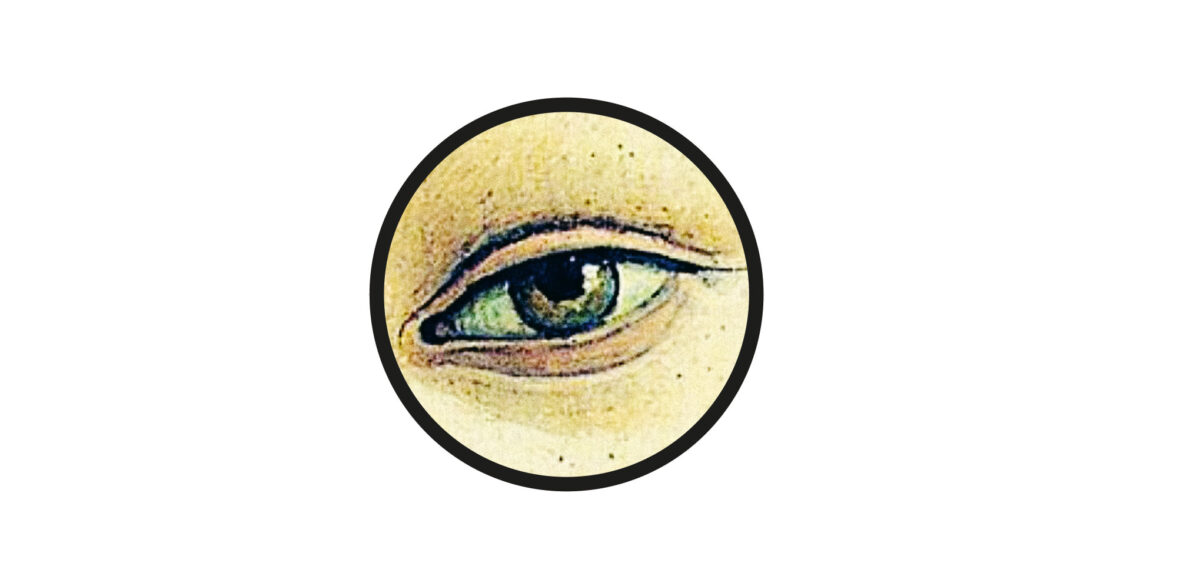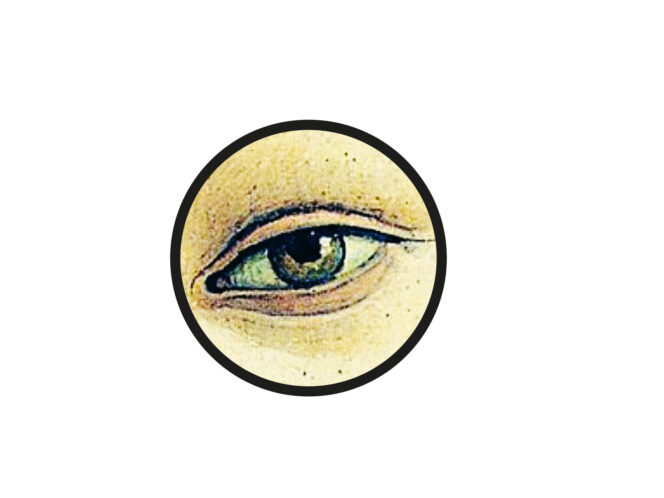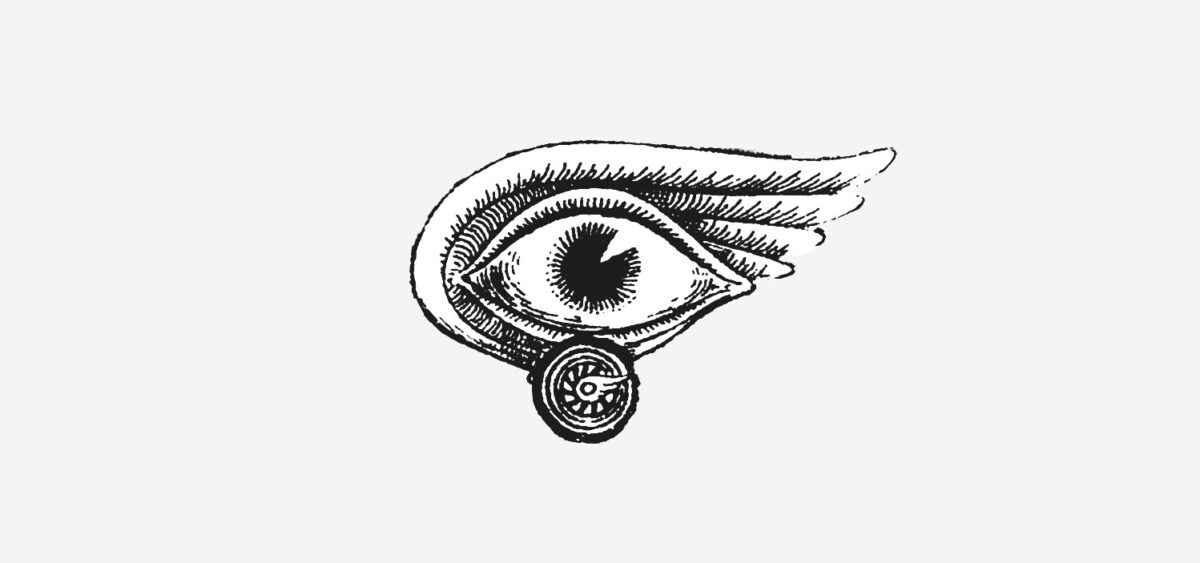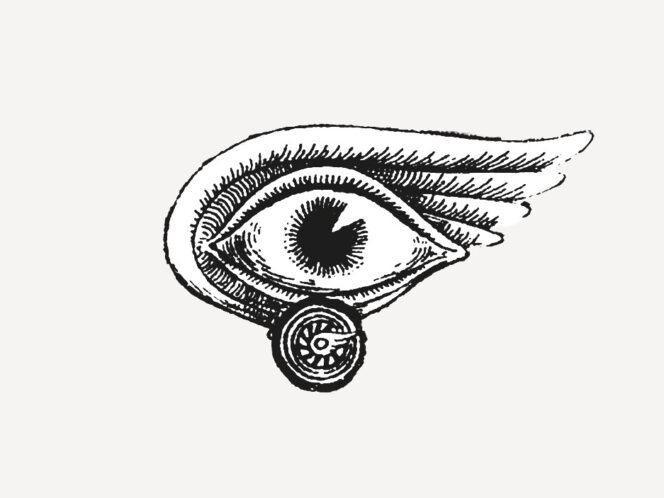
Whenever we feel tired of life and afraid of the world around us, we look for a retreat. Dreams of distant, magical places, of wonderful moments in which you can forget ‘everything’ and ‘find yourself’ lead to dangerous areas of the mind.
In psychology, a special state of mind is known where the patient shuts themselves in a mental bubble; here, although they are suffering, they feel safer than in the world outside. “I have come to refer to [these states],” writes John Steiner in his book on this subject, “as psychic retreats, refuges, shelters, sanctuaries or havens.” A retreat arises as a reaction to fear. “It is possible to observe patients in a ‘delusional mood’, in which extreme anxiety is accompanied by depersonalization and feelings of ill-defined dread, who may actually appear relieved as the defuse dread gives way to fixed systematized delusion.” As if only in imaginary worlds is it possible to find security and liberation from fear and pain. “The retreat then serves as an area of the mind where reality does not have to be faced, where phantasy and omnipotence can exist unchecked and where anything is permitted.” This is the feature that often makes the retreat so appealing to the patient and usually involves the use of perverse and psychotic mechanisms. Retreat is not just an issue for patients in psychiatric hospitals or those undergoing psychotherapy. Whenever we feel tired of life and afraid of the world around us, we look for a retreat. Dreams of distant, magical places, of wonderful moments in which you can forget ‘everything’ and ‘find yourself’ lead dangerously close to the borders of a retreat. The border that separates delusion from reality is deceptively subtle.
Time outside of time
It’s a beautiful day in August. The s








